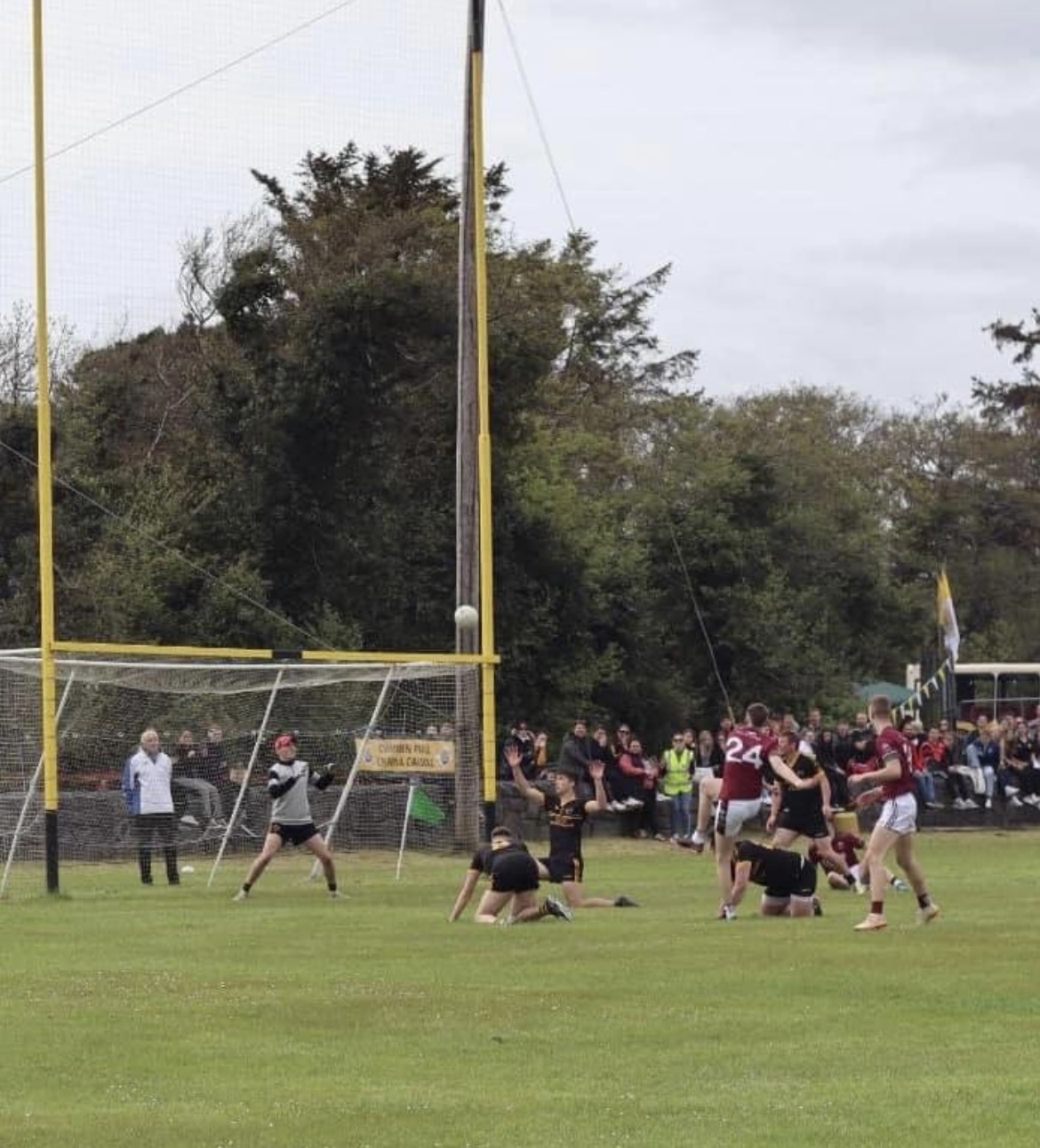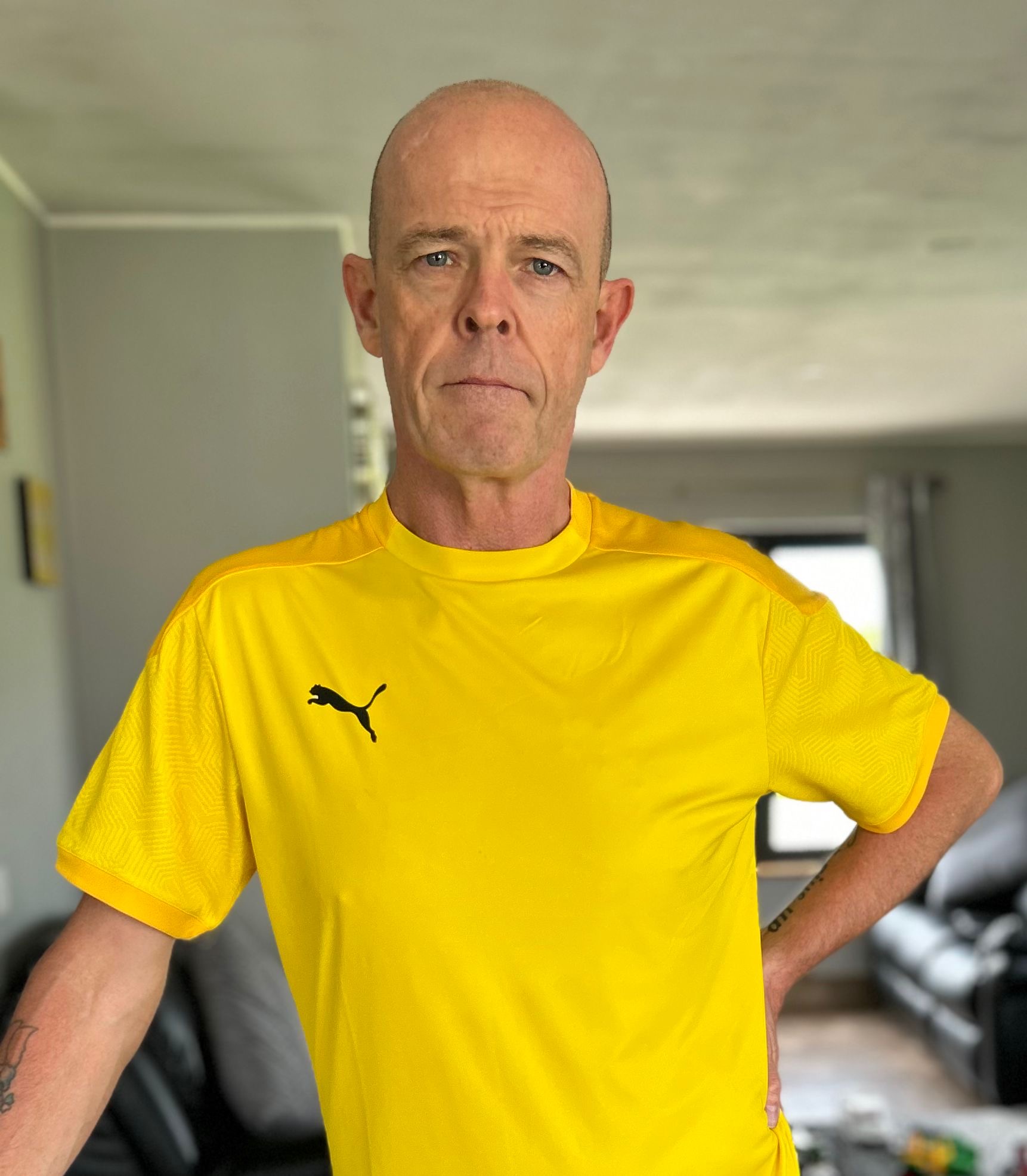 The last time I visited the UPMC Sports Surgery Clinic in Dublin was for a brain scan. It was in the summer of 2009 and I was about to participate in RTE’s Charity Lords Of The Ring reality boxing show with World champion, Barry McGuigan, and renowned trainer, Pete Taylor. I would box for charity—but not before I had a full medical at the clinic using the most advanced MRI scanning technology available. Last week, however, I returned with a different objective: to see how the place had developed as a business venture. I met with the clinic’s founder and medical director, Ray Moran, and the CEO, Geoff Moylan.
The last time I visited the UPMC Sports Surgery Clinic in Dublin was for a brain scan. It was in the summer of 2009 and I was about to participate in RTE’s Charity Lords Of The Ring reality boxing show with World champion, Barry McGuigan, and renowned trainer, Pete Taylor. I would box for charity—but not before I had a full medical at the clinic using the most advanced MRI scanning technology available. Last week, however, I returned with a different objective: to see how the place had developed as a business venture. I met with the clinic’s founder and medical director, Ray Moran, and the CEO, Geoff Moylan.
Set up in 2007 and located in Santry, close to the M50, its distinctive and modern architecture sets it apart from other buildings that surround it. It is much bigger than I had remembered. I was also surprised to learn that it is a hospital as well as an outpatient facility. “We specialise in a range of treatments, such as orthopaedics, joint replacement, spinal surgery and sports medicine,” Ray explained. “Orthopaedics is the field of surgery related to injuries and conditions of the body’s muscles and skeleton.
“It includes the treatment of the back, spine, shoulders and the major joints of the elbow, hand, hip, knee, foot and ankle.” Ray himself is a leading orthopaedic surgeon. He trained in the UK and the US and now specialises in the treatment of knee conditions. I can see from his calm and unassuming manner why he has developed a popular reputation among his patients.
“We try to make this an environment that is positive and supportive, rather than a typical hospital atmosphere”
The clinic consists of 130,00sqft of space, divided over four floors. It has 41 inpatient beds, as well as 21-day beds. There are also state-of-the-art operating theatres and facilities for fitness testing, cardiology and respiratory testing, plastic and reconstructive surgery, diagnostic imaging and physiotherapy. “We try to make this an environment that is positive and supportive, rather than a typical hospital atmosphere,” Ray explained. He seems to have achieved this objective. The atmosphere is relaxed but businesslike and the staff are friendly and welcoming.
Ray never saw himself as an entrepreneur. However, he first got the idea to set up the clinic while he was treating those with sports injuries who were presenting in a typical A&E department beside patients who had suffered heart attacks or had other medical conditions. ‘That’s just doesn’t make sense,’ he thought to himself. His initial concept was to create a day centre to treat individuals and teams involved in sport. “I discussed the idea with a number of other consultants and we all agreed that it made sense to offer a ‘one-stop-shop’ which would provide rapid access for diagnosis, rehabilitation and surgical treatment of acute and chronic sports injuries,” he explained. “And that’s where it all started.”
However, the model soon began to expand beyond elite athletes. Ray and his colleagues realised that with more and more people becoming involved in recreational sport and exercise, there was a growing need for joint replacement and spinal surgery among the general population. “Not everyone is aware of the fact that we have rapidly become one of the leading providers of joint replacements in the country,” Ray told me. The business has certainly grown steadily over the last five years and last year more than 10,000 surgical procedures were carried out at the clinic, as well as 20,000 outpatient visits.
Both Ray and his brother Kevin Moran, the legendary Manchester United and Republic of Ireland defender, are part of the group of medical personnel and business people who own the clinic. At a cost of more than €80m to develop the facility, it was a brave move. And the clinic has had its challenges. Like many start-up businesses, it struggled financially to meet its initial turnover targets. “It wasn’t easy to launch an innovative and specialist independent facility such as the UPMC Sports Surgery Clinic on the cusp of an economic downturn,” admits Geoff. However, the owners believed fully in the future of the clinic and forged ahead.
It turned out that 2011 was an important year for the business when it achieved breakeven for the first time — a considerable achievement in the current market. The clinic is also a significant employer in the area. The 230 staff — 160 full-time and 70 part-time — include nurses, physiotherapists and radiologists, as well as administrative, catering and support staff. Both Ray and Geoff are full of praise for the staff, the majority of whom have been with the clinic since it opened. “Because the first few years were financially challenging, the staff took pay cuts in order to support the future viability of the clinic,” Geoff tells me.
SSC has had some very well known patients too, including the world-famous rock singer Jon Bon Jovi
They also have great praise for the many consultants whose talent and commitment over the years has helped build the clinic’s reputation. And it’s a reputation that seems to be growing. I am interested to learn that the clinic does little by way of advertising and relies largely on word-of-mouth referrals from patients, who effectively become the marketers for the clinic. It has had some very well known patients too, including the world-famous rock singer Jon Bon Jovi. He was treated there by Ray and his colleagues after damaging his knee while performing on stage. He was so impressed that he sent a personal testimonial to Ray and has spoken publicly about the quality of care he received there.
“Patients attend here from all over the country,” Geoff tells me when I ask where patients come from. “While we have insurance contracts with the health providers, we also cater for private and non-insured patients. We have also treated many patients through the National Treatment Purchase Fund and are keen to continue to work with the HSE to ensure that public patients have access to the clinic’s specialist services.”
So what’s next? “Work is currently underway to expand our spinal-surgery unit and broaden our theatre facilities. And we are increasing our current capacity by another 13 beds due to rising patient demand,” Ray tells me excitedly. I am then taken on a tour to visit two innovative services that have recently been introduced: the Running Re-education Centre and the 3D Motion Laboratory. In the Running Re-Education Centre, John Foster, a running-injuries specialist, uses the latest video camera equipment to provide a comprehensive movement analysis for runners to help prevent or correct injuries. This is not just for elite runners — it has become popular among those involved in running for recreational purposes.
“…helps the athlete return to their sport faster and with greater levels of performance than prior to the injury, It’s also a worldwide first and unique to the clinic.”
“Because most people have never been taught how to run properly, we are seeing increased numbers of patients who are developing injuries as a result of poor technique,” he told me. He calls these the “weekend warriors”. Next, I visit the 3D motion Laboratory. Here, up to 40 tracking markers are attached to athletes’ bodies before they are put through a series of running, jumping and landing movements that are specific to their particular sport. These markers are monitored using eight high-speed cameras and two force plates on the floor. These create a three-dimensional computer image of the athlete, not unlike something from a sci-fi movie, where different colours display where forces are being applied throughout various movements. It also shows how movements can best be altered in order to address or prevent injuries. “This information helps the athlete return to their sport faster and with greater levels of performance than prior to the injury,” explains Ray. He adds proudly, “It’s also a worldwide first and unique to the clinic.” It really is impressive to see how Ray and Geoff, and their colleagues, have successfully managed to marry the principles of running a world-class medical facility with the principles of running a successful business. They clearly understand that they must strive to meet the needs of their patients and provide excellent quality service. They understand, too, that they must continue to innovate to stay current in the fast-moving world of technological advancements. And, most importantly, they understand that just as sport and surgery are both about achieving results, so too is business.


 The last time I visited the UPMC Sports Surgery Clinic in Dublin was for a brain scan. It was in the summer of 2009 and I was about to participate in
The last time I visited the UPMC Sports Surgery Clinic in Dublin was for a brain scan. It was in the summer of 2009 and I was about to participate in 







